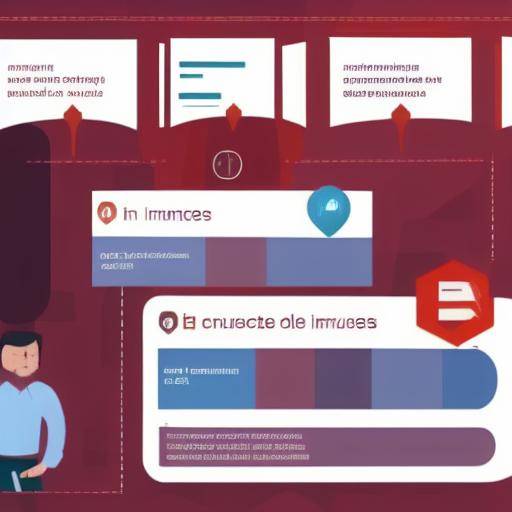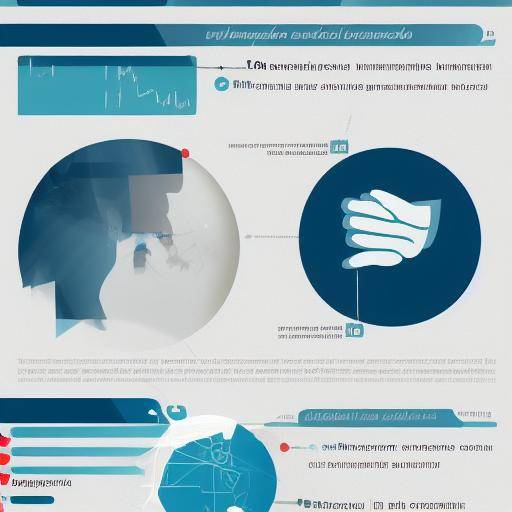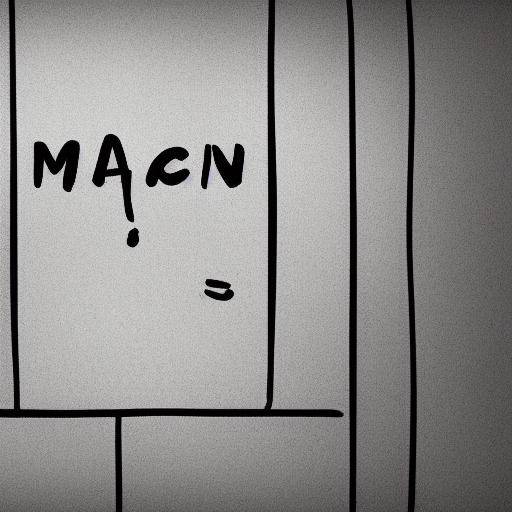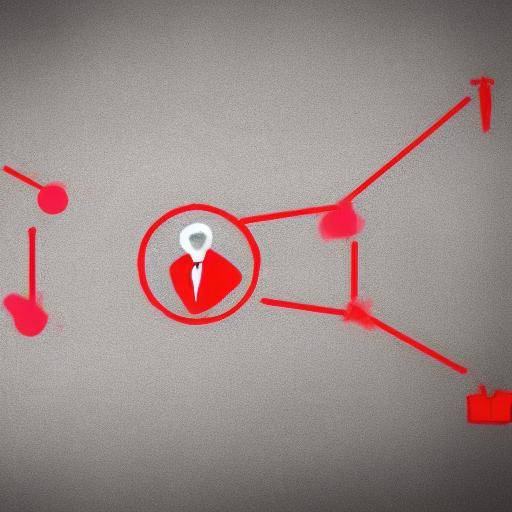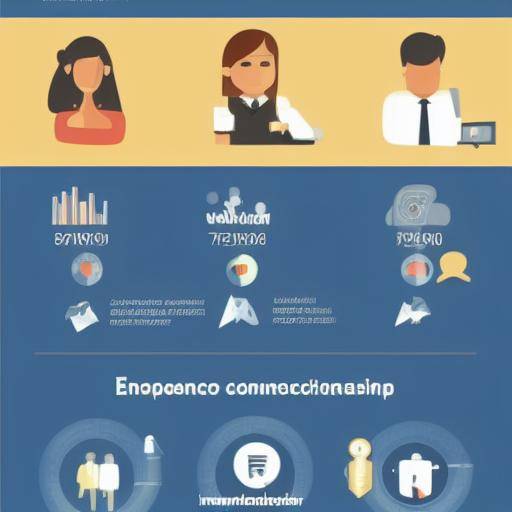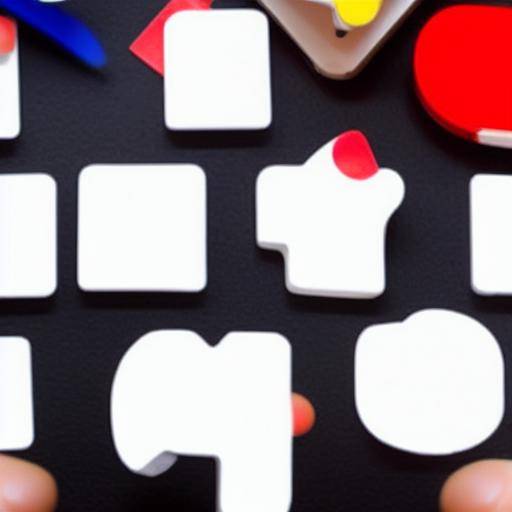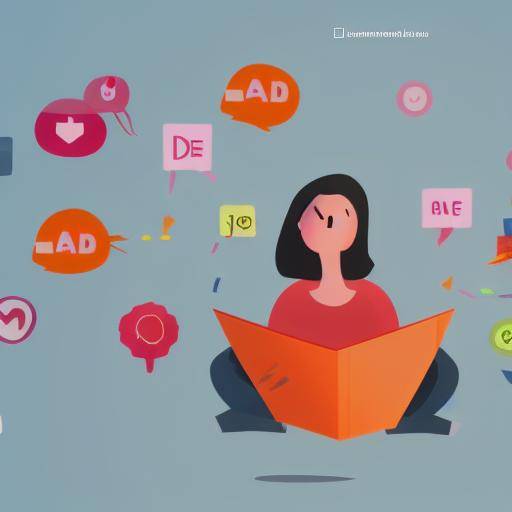
Body language is an essential tool in human communication. From the subtlest gesture to the most evident posture, our body is constantly transmitting messages. Understanding and proper use of body language can significantly influence our communication skills and our social interaction. In this article, we will explore in detail how body language can improve communication, communication skills and social interaction.
Introduction
Non-verbal communication can often be more powerful than the words we use. Our gestures, facial expressions, posture and voice tone convey information that can complement, contradict or even replace our words. Understanding and effectively managing body language can improve our ability to connect with others, facilitate mutual understanding and strengthen our work and personal relationships.
In this article, you will discover the importance of body language in communication, how you can improve your communication skills and how it influences your social interaction. We will explore its impact in different contexts, from presentations at work to daily conversations, and provide you with practical advice to optimize your non-verbal signals.
History and Background
The study of body language has ancient roots. From the earliest civilizations, non-verbal communication has been crucial for survival and social cohesion. However, it was in the twentieth century when scholars began to systematically investigate body language and its influence on human communication. Pioneers like Albert Mehrabian and Ray Birdwhistell conducted research that laid the foundation for understanding the impact of body language on communication.
Over the years, the study of body language has evolved significantly. A wide range of gestures and expressions have been identified, and it has been shown that certain non-verbal behavior patterns are universal, regardless of culture. Modern technology has even allowed the application of body language analysis in fields such as artificial intelligence and forensic psychology.
Deep analysis
Corporal language plays a crucial role in communication, as it can transmit emotions, intentions and attitudes powerfully and often unconsciously. For example, an erect posture can project trust, while crossing the arms can be perceived as a barrier. Facial microexpressions, which are short and spontaneous facial expressions, can reveal our real emotions even when we try to hide them.
In the workplace, appropriate body language can improve credibility and persuasion during presentations, interviews and negotiations. In the social sphere, it can facilitate empathy, emotional connection and solid relationships. However, it is also important to note that body language may vary in its interpretation according to the cultural and situational context.
Comprehensive review
Effective use of body language requires awareness and practice. Some common strategies include maintaining an open and relaxed posture, adequate visual contact, genuine smile and inclusive gestual language. Taking into account the body language of others is also crucial for effective communication, as it allows us to adjust our own behavior accordingly.
Although body language can enhance our communication, it also presents challenges. For example, certain gestures may be misunderstood or associated with negative meanings in certain cultures. In addition, some people may have difficulties in reading or controlling their own body language due to emotional or mental health factors.
Comparative analysis
Body language, communication skills and social interaction are closely interrelated. While body language is a crucial facet of verbal communication, communication skills encompass a wider spectrum that includes active listening, clear formulation of verbal messages and empathy. On the other hand, social interaction involves connection and communication with others in diverse social environments, and body language plays a key role in facilitating this interaction.
While each of these aspects is important on its own, the effective combination of body language, communication skills and social competence can significantly enhance our personal and professional relationships. For example, a leader who dominates body language can communicate his vision persuasively, while an individual with strong communication skills can foster a collaborative and harmonious working environment.
Practical Tips and Accessible Tips
- Keep the eye contact: The right visual contact conveys interest and sincerity. Looking in the eyes of your interlocutor, you establish an emotional bond that strengthens communication.
- Open and relaxed posture: Keep an upright yet relaxed stance to project confidence and openness. Avoid crossing the arms, as it can be perceived as a barrier.
- Genuine smile: A sincere smile can establish an instant connection and create a positive atmosphere in interaction.
- Inclusive data: Use gestures that accompany your words naturally and reinforce the message you want to convey.
These are just some basic tips. Conscious practice and active observation of body language in different situations will help you develop a greater mastery in this subtle but powerful art.
Industry Perspectives and Expert Reviews
According to non-verbal communication experts, the domain of body language can provide important advantages in both professional and personal contexts. For example, in the field of sales, understanding and effective application of body language can strengthen the seller's influence on the customer, facilitating greater connection and empathy. In the area of negotiation, body language can play a crucial role in building trust and effective persuasion.
Case Studies and Real Life Applications
The impact of body language can be illustrated with numerous examples of real life. For example, charismatic leaders stand out for their ability to use body language effectively, transmitting confidence and persuasion to their followers. In addition, in the area of interpersonal relationships, body language can enrich and strengthen emotional ties in everyday encounters, such as a conversation between friends or a family interaction.
Future Trends and Predictions
As communication diversifies with the growing influence of technology, body language is also evolving. Non-verbal communication in virtual environments, such as videoconferencing and social media, poses new challenges and opportunities to effectively understand and use body language. In addition, the integration of artificial intelligence in body language analysis could open new frontiers in fields such as psychology, advertising and medical care.
Conclusion
Body language is a powerful tool that influences our communication skills and our social interaction. By understanding its importance and practicing its effective use, we can enrich our relationships, both in the personal and professional spheres. The ability to read and use body language properly is an invaluable skill that can enhance our verbal communication and improve our understanding of others.
Frequently asked questions (FAQs)
1. What is the importance of body language in communication?
Corporal language plays a crucial role in communication, as it can transmit emotions, intentions and attitudes powerfully and often unconsciously. It complements and enriches the verbal message, allowing a more complete and accurate understanding of communication.
2. How can I improve my body language to communicate effectively?
Improvement of body language requires awareness and practice. Observing and learning to interpret the non-verbal language of others can help you adjust your own behavior. In addition, conscious practice in front of a mirror or video recording can give you a valuable feedback to improve your body language.
3. What are some common mistakes in body language that I should avoid?
Some common mistakes include keeping a closed position, such as crossing the arms, avoiding visual contact, adopting inappropriate gestures or not being aware of your facial expression. These errors can send negative or incorrect signals that hinder effective communication.
4. Is body language universal or varies according to culture?
While there are universally recognized gestures and expressions, the interpretation of body language can vary according to culture. It is important to be aware of the cultural differences and to adapt your body language according to the cultural context in which you find yourself.
5. How does body language influence the perception of leadership and authority?
A strong and safe body language can be perceived as a sign of leadership and authority. An upright position, direct visual contact and firm gestures can strengthen the perception of leadership. On the other hand, unsafe or evasive body language can weaken this perception.
6. What are future trends in body language study?
Future trends include the application of body language analysis in virtual contexts, the development of artificial intelligence tools to interpret body language, and the exploration of its application in fields such as therapy, image counseling and security.
In short, body language is a valuable tool that significantly influences our communication and our social interactions. By understanding its importance, practicing its effective use and adapting it to different contexts, we can enhance our communication skills and strengthen our interpersonal relationships.





